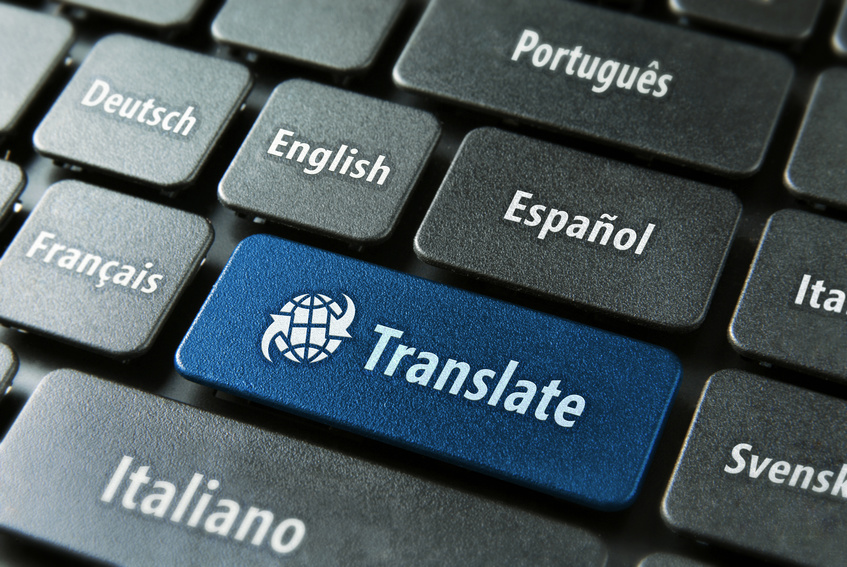Machine translation with post-editing
More and more translations are required in ever shorter timescales. It is therefore understandable that companies and language service providers are searching for solutions that increase productivity and reduce processing times. Machine translation with post-editing is seen as just such a solution.
What is “machine translation”?
Machine translation is an automated translation process in which text is translated by a computer from the source language to the required target language without human input. There are rule-based (machine) translation systems and statistical (machine) translation systems.
- Rule-based systems are based on a combination of language algorithms and grammar, as well as dictionaries for general vocabulary. Specialist dictionaries are used to cover special industries or subjects. Where rule-based systems are configured with such specialist dictionaries, they normally deliver consistent translations with correct terminology.
- Statistical systems do not have language algorithms. These systems “learn” translating by analysing large quantities of data for each language pair. They can be configured for special industries or subjects by extending them with the respective required data. As a rule, statistical systems deliver more fluent but less consistent translations.
However, it is a fact that translation is not simply a word for word transposition of the source text into the target language and none of the existing machine translation systems delivers translations that have the same high quality as translations produced by a “human” translator.
Translation requires quite a bit more, for example the ability to interpret text, and experience and skill in areas such as grammar, syntax, semantics etc. In addition, it may be extremely important to be familiar with the culture in the country of the target language.
For these reasons a simple machine translation can have its problems. It may be suitable for internal purposes, e.g. in order to be able to understand the content of foreign language documents. However, it is rather unsuitable for literature or creative texts. To achieve translation of a high quality, it is generally necessary to have the input of a “human” translator.
This is where post-editing comes into play.
In his book “Repairing Texts”, Hans P. Krings writes:
A machine translation system (MT system) produces a translation with the help of quantities of statistically evaluated data and/or with the support of linguistic information and rules. This machine-based pre-translation may meet the minimum quality requirements and can be reviewed (repaired, post-edited) for the purpose of “honing”; failing this second process, the machine-based pre-translation is likely to be discarded owing to excessive defects, and normal translation will be resorted to.
To recap: in post-editing, text from a machine translation process is reviewed by an expert linguist, also called a “post-editor”.
The post-editor will check whether a segment from a machine translation process fulfils the minimum requirements and can be revised to meet the quality criteria within a reasonable amount of time. If the minimum criteria are not fulfilled, the segment must be discarded and re-translated.

Combination with translation memory systems
There are now already some solutions where machine translation systems are combined with the translation process that uses a translation memory. In this process, the content of the TM is first used for the translation and, in a second step, all segments for which there are not yet any translations in the TM are translated by machine. The resulting draft translation is then completed by a post-editor.
Commercial viability
For post-editing to be economically viable, the review of all segments and the revision of usable segments together with the translation of the discarded segments has to be carried out in a shorter space of time than would be required for a “normal” translation of these segments.
This means that commercial viability depends on the following factors:
- Duration of review of usability
- The time required for revision
- The number of usable segments -> productivity advantage
It must be remembered that, in complex processes, machine translation systems have to be adapted, improved and “trained” for a certain subject in order to be able to achieve the desired results. The cost and time input associated with this step is only warranted when it is intended to translate a large quantity of similar texts in the future. This needs to be taken into consideration when making the decision as to whether to employ machine translation or not.
Contact & information:
Daniela Badel
Translation management
+41 71 727 98 93
d.badel@dogrel.com

Infotrend Autumn 2015